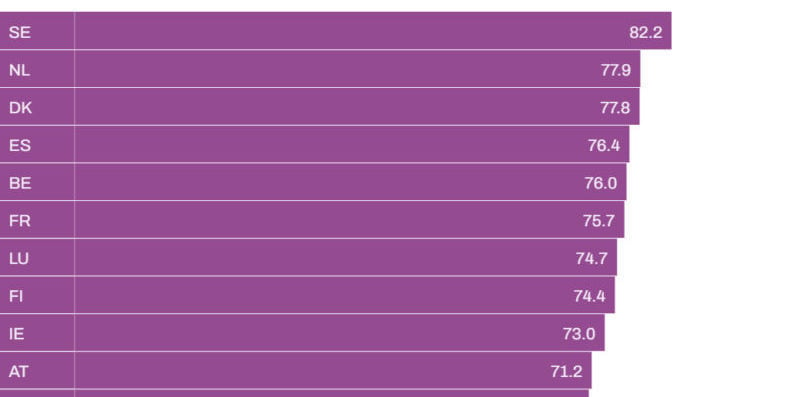Under current laws, two women can be the legal guardians of a child, as can heterosexual couples.
The citizens’ petition or borgerforslag in Danish has reached the requisite number of signatures for parliamentary discussion.
This means parliamentary parties must address the matter in the chamber and one of the parties can choose to table a bill on the issue.
The petition reached the necessary 50,000 public signatures in just two days.
The left wing Red Green Alliance party said it was in support of the motion.
The party will “certainly not stand in the way” of a law change, its spokesperson for equality, Pernille Skipper, said.
Parental legislation should in fact be made gender neutral, the Red Green Alliance argues, meaning it would be focused on the individuals as parents without taking gender into account.
The party also supports allowing more than two legal parents or guardians.
Specifically, the public petition requests that men be allowed to be made “co-fathers” along with biological fathers of children. Women in similar situations can be made co-mothers (medmødre in Danish) under existing law.
Other political parties have also signalled support for the petition, including the Social Liberal, Conservative and Danish People’s parties.
The Social Democratic government’s equality minister, Peter Hummelgaard, said he “had sympathy” for affected couples but that the matter must be looked into further.
“The public petition raises some important questions on the rights of co-fathers, which I fundamentally have sympathy,” Hummelgaard told broadcaster DR.
“But it also raises some complex, ethical and principal questions in relation to the use of surrogate mothers. So there’s a need to look more closely at what the petition specifically means and what the consequences would be for the people involved,” he said.
Skipper told news wire Ritzau that Denmark should consider allowing surrogate mothers.




 Please whitelist us to continue reading.
Please whitelist us to continue reading.
Member comments